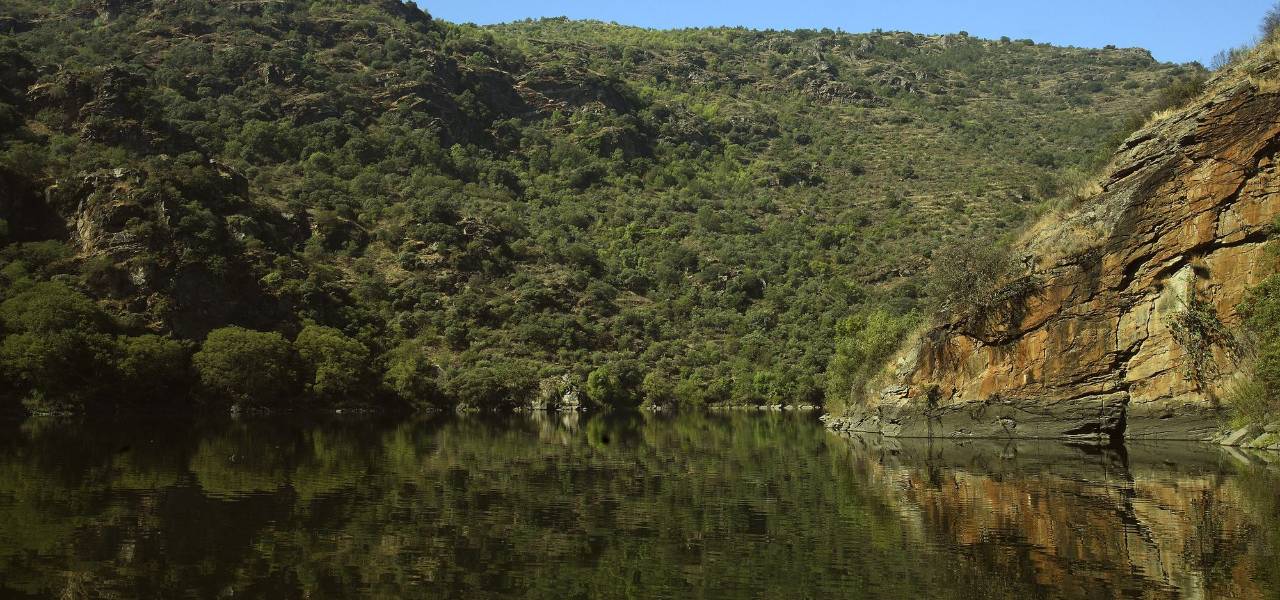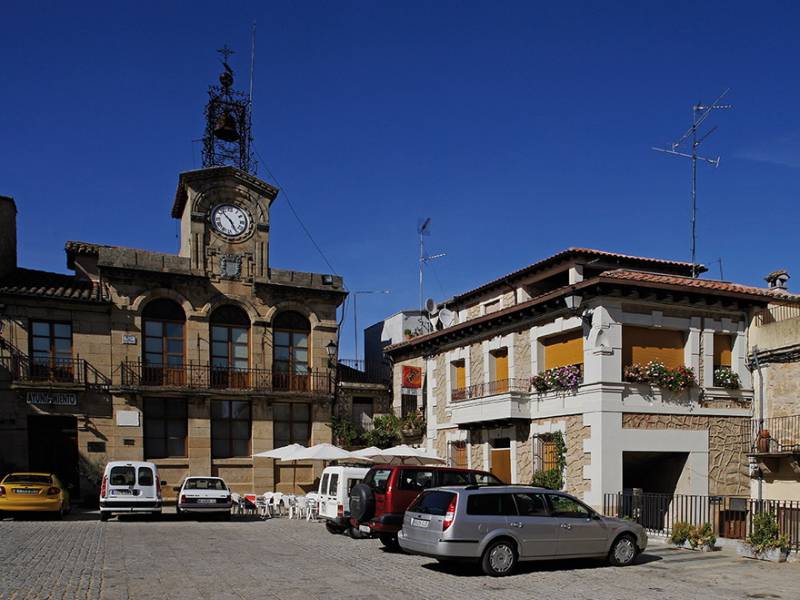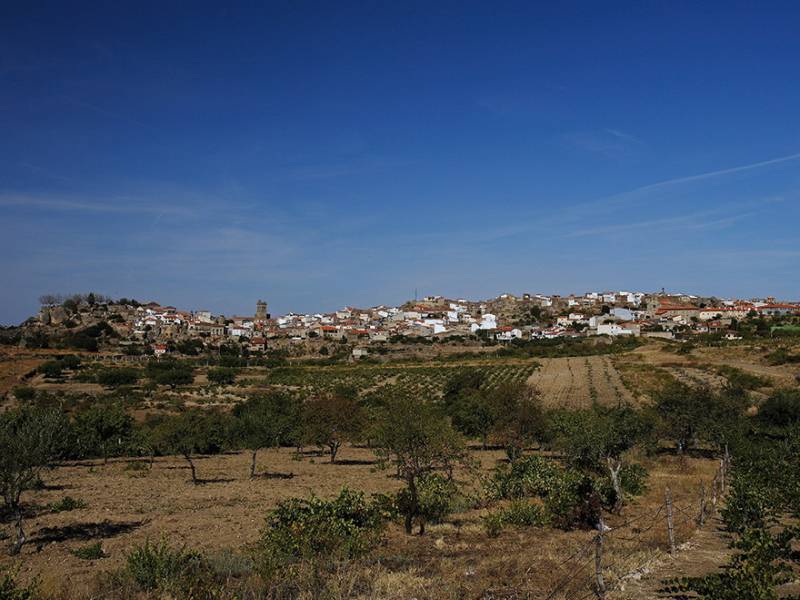Route of the Arribes del Duero
- Position
- Salamanca province
- Zamora province
- Type of route
- Weekend
The Arribes del Duero geological gorge is an impressive natural area, comprising some 180 km of river canyons, and including 37 municipalities that belong to the provinces of Zamora and Salamanca. Hence, the river flows forming a winding and capricious channel that, sometimes, reaches more than 200 meters high. These steep ravines descend to the Duero, at whose passage it creates a natural border with neighboring Portugal.
The territory occupied by Arribes del Duero has been listed as a "Special Protection Area for Birds" (ZEPA) since 1990.
This space enjoys a Mediterranean microclimate, which man has taken advantage of for his crops in the form of terraces, stepped terraces where the vineyard coexists with crops typical of Mediterranean climates such as olive, almond and other fruit trees. In addition to a natural area of singular beauty, Las Arribes is the cradle of an emerging wine region that includes eleven wineries, located between the provinces of Salamanca and Zamora and which obtained the Arribes Denomination of Origin in 2007. The vines are spread out on the sloping slopes that overlook the Douro stream, coinciding with the river bed. The singular contrast between the peneplain and the river canyons has generated a warmer microclimate in these, which has been used by man for the cultivation, through terraces, of species such as olive trees, vines, almonds and other fruit trees.
What to see?
 Arribes del Duero Natural ParkMore information
Arribes del Duero Natural ParkMore informationThe extreme west of the provinces of Salamanca and Zamora is a corner of prodigious nature. Forming the border with Portugal, the Duero River and its tributaries Huebra and Uces have carved one of the...
 Parish Church of San SalvadorMore information
Parish Church of San SalvadorMore informationStarted in the second half of the 16th century, it features an interesting pyramid-like tower by Pedro Lanestosa. The church contains a sculpture of Salvador (the saviour) and an 18th-century altarpiece.
 Rock Memorial of VilvestreMore information
Rock Memorial of VilvestreMore informationThis monument, discovered in the late 1960s by D. Luis Benito del Rey, has been declared a Site of Cultural Interest (B.I.C.).In Vilvestre it has always been known as a Neolithic workshop, since it was...
 Castle of FermoselleMore information
Castle of FermoselleMore informationThe castle could have originally been a military settlement. It dates from the beginning of the 13th century, and after becoming the property of Doña Urraca, who chose this fortress as a place of retirement,...
 Church of Nuestra Señora de la AsuncionMore information
Church of Nuestra Señora de la AsuncionMore informationThe church of Nuestra Señora de la Asuncion was built between the XII and XIII centuries.The south wall and the portals of this time are preserved. It was rebuilt later in the XVI and XVIII centuries....
 Oil MuseumMore information
Oil MuseumMore informationLocated in the Villa de Fermoselle, in the heart of the Arribes del Duero Natural Park and the heart of the Iberian Plateau Biosphere Reserve, our museum preserves inside the beauty and majesty of something...


